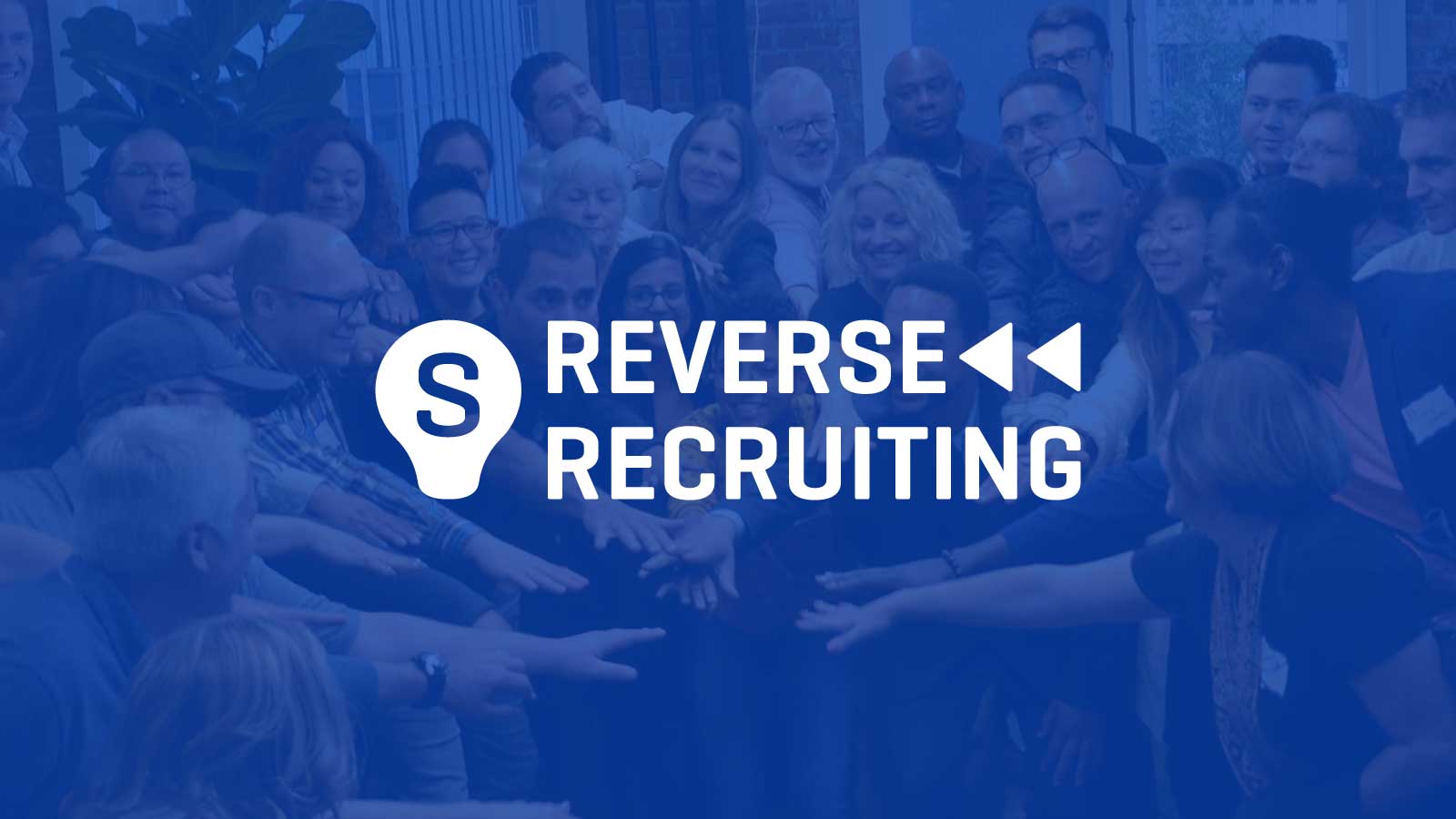Boost Your Hiring Game With Strategic Reverse Hiring Methods
In the realm of talent acquisition, conventional recruiting approaches have long been the norm. As the landscape of employing evolves, companies are increasingly transforming to ingenious techniques such as strategic reverse recruiting to acquire an affordable edge in securing leading talent. This shift in state of mind calls for a thoughtful reconsideration of how companies approach the employing procedure, focusing on attracting easy candidates rather than solely depending on energetic task seekers. By turning the script and proactively engaging with people who may not be actively seeking brand-new opportunities, businesses open themselves up to a swimming pool of untapped potential. This calculated strategy not only widens the skill pipeline but also grows a much more varied and proficient workforce.
Understanding Critical Reverse Hiring
Strategically leveraging the principle of reverse recruiting can substantially enhance your company's ability procurement strategy. By flipping the conventional employment technique on its head, reverse recruiting entails proactively choosing and bring in passive prospects that may not be proactively searching for brand-new opportunities. This positive approach enables firms to use a swimming pool of top quality ability that might not come via traditional task posts alone.
Understanding the ins and outs of strategic reverse recruiting is important for its effective implementation. It requires a deep understanding of the market landscape, rival evaluation, and the specific capability that remain in high need. reverse recruiting. By performing comprehensive research study and leveraging market understandings, companies can identify and engage with top skill in a much more individualized and targeted fashion

Benefits of Reverse Hiring
Reverse recruiting uses an one-of-a-kind approach to talent acquisition by proactively engaging with passive candidates who might not be proactively looking for work possibilities. One of the vital advantages of reverse recruiting is the ability to target candidates who are already employed my website and satisfied in their current roles.

Key Parts of Reverse Hiring
Having actually explored the benefits of reverse recruiting in targeting top performers who are material in their present duties, it is crucial to understand the key components that make this method successful in drawing in passive candidates. Passive candidates are typically not proactively seeking new chances, so having a positive credibility as an employer can stimulate their interest.
Another essential part is individualized outreach. Given that easy prospects are not actively trying to find tasks, generic recruitment messages are most likely to be forgotten. Customizing outreach initiatives to highlight exactly how the particular skills and experiences of the prospect straighten with the business's requirements can considerably enhance the chances of obtaining their focus.
Additionally, promoting relationships with easy prospects in time is vital. Routinely engaging with them via networking events, industry meetings, and even occasional check-ins can help construct connection and trust, making them more responsive Recommended Reading to potential work chances in the future. By incorporating these key parts into reverse recruiting approaches, companies can efficiently bring in and employ leading skill from the pool of easy candidates.
Executing Reverse Hiring Strategies

Additionally, producing engaging employer branding and showcasing a positive firm society can help draw in easy prospects and encourage them to take into consideration brand-new profession chances. Constructing a talent neighborhood or ability pipe can also be helpful in supporting relationships with passive candidates gradually, maintaining them involved and interested in prospective future functions within the company. On the whole, implementing reverse recruiting techniques needs an aggressive and personalized method to skill purchase, concentrating on developing purposeful links with easy prospects to drive lasting employment success.
Gauging Success backwards Hiring
One crucial metric is the top quality of prospects engaged via reverse recruiting networks. By determining the conversion rate of easy candidates into energetic applicants or hires, companies can evaluate the effectiveness of their reverse recruiting campaigns.
Monitoring retention rates amongst prospects hired through reverse techniques can give understandings into the long-lasting success of here are the findings the approach. High retention rates recommend that the prospects sourced via reverse recruiting are a good fit for the organization, contributing favorably to its total ability pool.
Conclusion
To conclude, calculated reverse recruiting gives a distinct technique to employing that concentrates on bring in leading talent through proactive engagement and relationship-building. By leveraging this method, organizations can acquire an affordable side in the skill market and enhance their employment results. It is important to recognize the advantages, key parts, and strategies of reverse recruiting to effectively implement and measure success in this innovative approach to working with.
Comments on “Believing Outside the Box: Reverse Recruiting Techniques for Success”